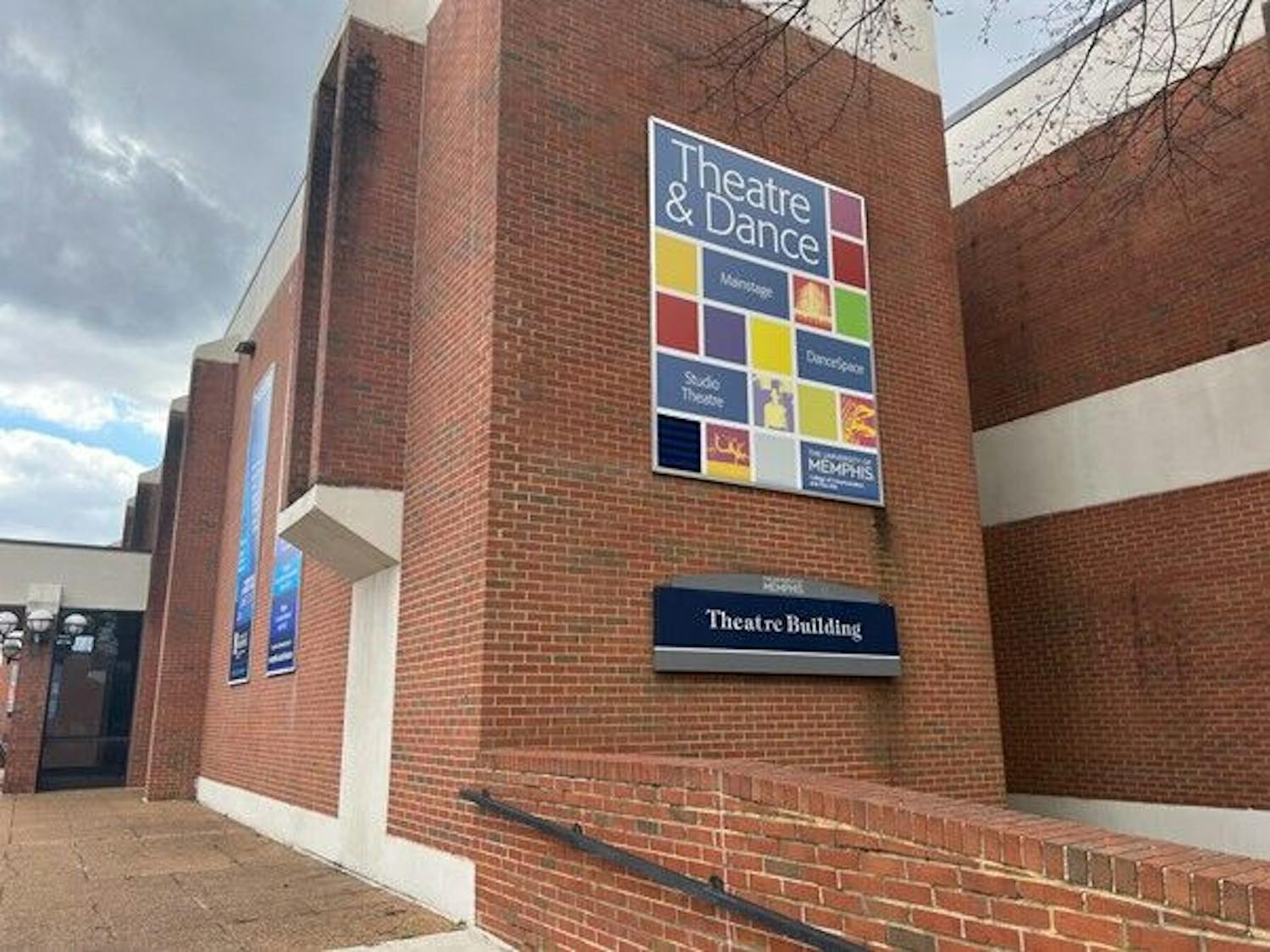Nick Sandmann and his lawyers have filed lawsuits against The Washington Post and CNN, suing for amounts in excess of $200 million. The suits claim each organization behaved maliciously in their reporting of the Jan. 18 incident and that this is a case of libel.
The suits state its purpose is to “punish, deter and teach the Post a lesson it will never forget” for what it calls “false and defamatory statements.”
David Arant, the chair of the Department of Journalism and Strategic Media, said “The plaintiffs have to show actual malice with convincing clarity, which is a much higher standard than the proof for a normal lawsuit.”
Sandmann is the teenager from Covington Catholic High School who wore a Make America Great Again hat and smiled in the face of Nathan Phillips, a Native American man who had participated in the Indigenous Peoples’ March.
“Even if the newspaper got it wrong, it is unreasonable to expect them to wait until the complete set of facts is out,” Arant said. “You update the story with the additional facts as they come out.”
A person associated with the Indigenous Peoples March posted a clip of the standoff between Phillips and Sandmann that went viral on Twitter, and many outlets covered the story, The Washington Post being the first.
The challenge for the plaintiff lies in the burden of proof they must present. In order to win a libel case, the plaintiff must prove reckless disregard or actual malice in the reporting.
“I just don’t think they can win this libel suit,” Arant said.
The lawsuit claims the Post was a trendsetter for other outlets to defame Sandmann and his classmates as being racist bigots who surrounded and intimidated Phillips as he was playing his drum.
“You had three distinctly different groups converging, and I think confusion plays some part in this,” said Otis Sanford, a UofM journalism professor and local political columnist.
The Covington students, the Black Hebrew Israelites and the Indigenous protesters were each at the National Mall for their own reasons and ended up in the middle of a heated controversy. In addition to the clip from the Indigenous People’s March, a nearly two-hour long video was posted by the Black Hebrew Israelites, showing the entire confrontation.
The lawsuit cites seven Post articles as having false and defamatory statements. The articles from the Post were posted through Jan. 21, and the lawsuit claims that all the video evidence and testimony was available no later than Jan. 20.
“There is no question that the national media jumped to conclusions here,” Sanford said, “They made editorial decisions based on a limited amount of information, which is really not what you’re supposed to do.”
When the Post wrote about the incident, the clip had gone viral, with millions watching and thousands commenting.
“Those videos were out there and they were going viral,” Sanford said, “It was like a runaway train, and they couldn’t stop it. They decided to jump on the train, as quickly as they could, by just reporting what they thought they had gotten. This was a textbook case of sloppy journalism from people who should know better.”
In addition to the burden of proof for libel, the lawsuit accuses the Post of having anti-President Donald Trump bias, whose full force was unleashed on Sandmann, in an attempt to get at Trump.
“I think the lawsuit went further than it should have gone,” Sanford said, “ It would have been better just to say these organizations maligned my client. Now, by saying it was done deliberately because The Washington Post has an agenda to go after Trump, they can’t prove that.”
Libel cases in the United States are difficult to win as a public figure, and Sanford said that Sandmann was a temporary public figure. By adding this unnecessary charge, Sandmann and his lawyers make it all the more difficult.
Arant and Sanford agreed that no matter the winner, if the case went to trial, it would be appealed. If it went that far, the case could even go to the Supreme Court.
“The best defense for libel is truth, and I teach that in my classes,” Sanford said.





